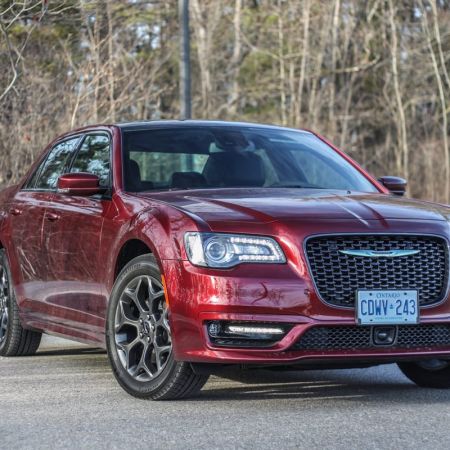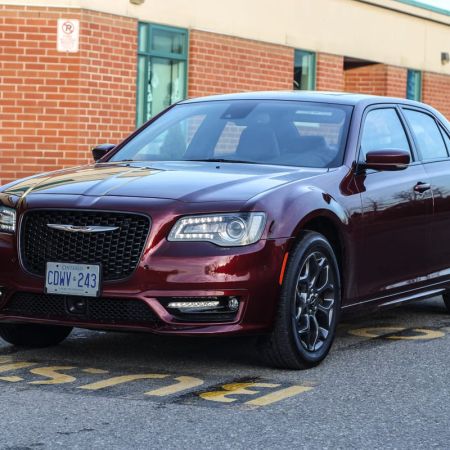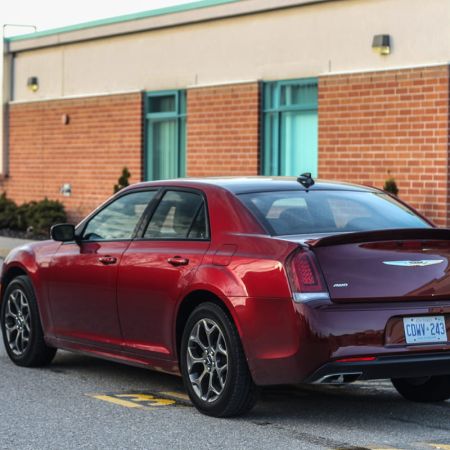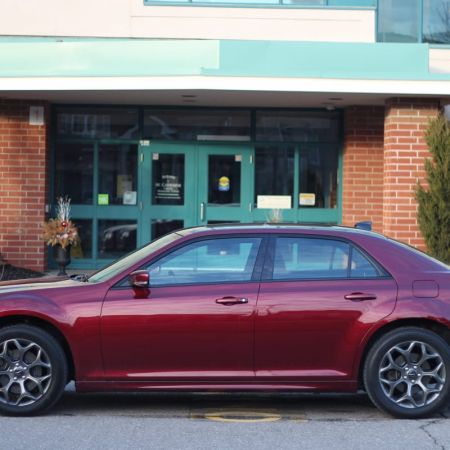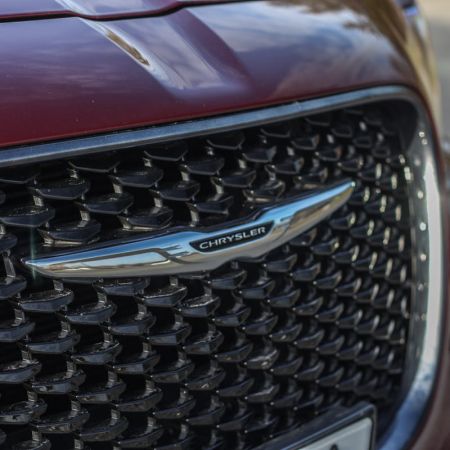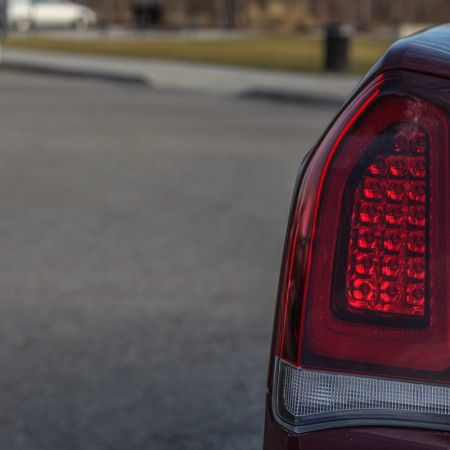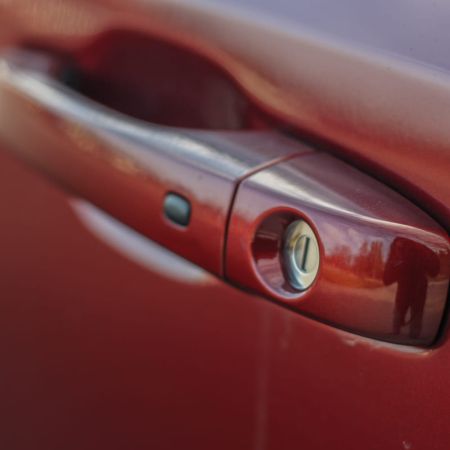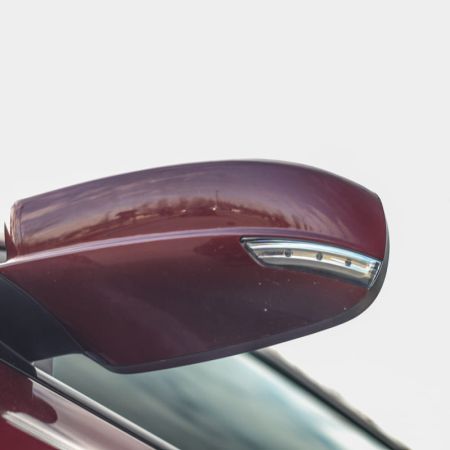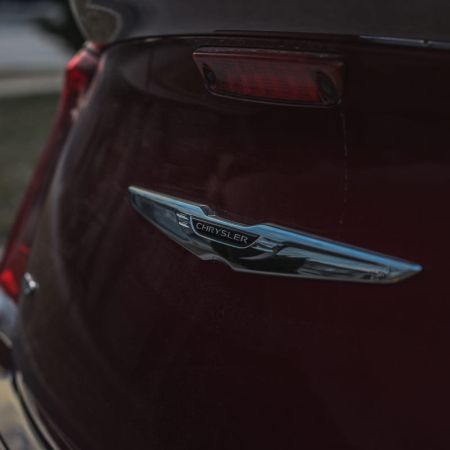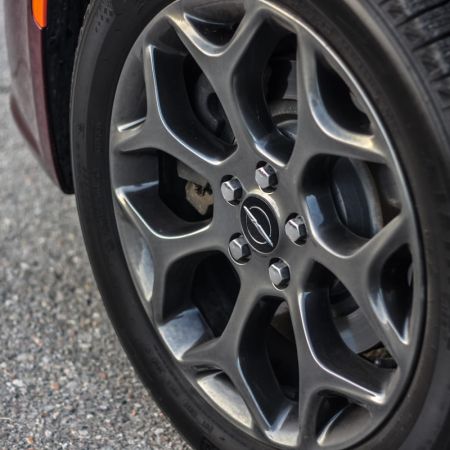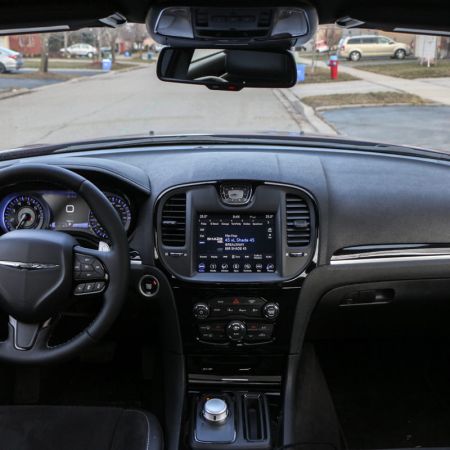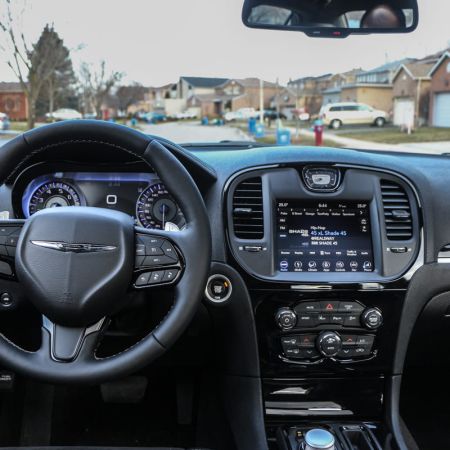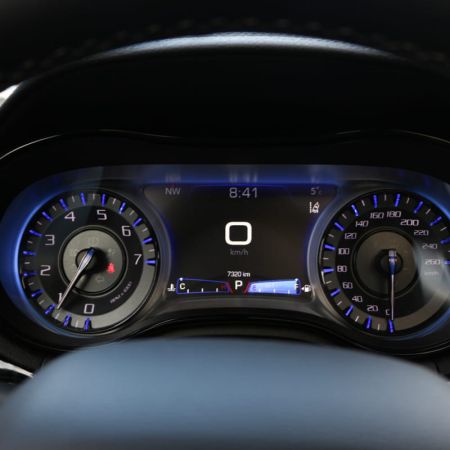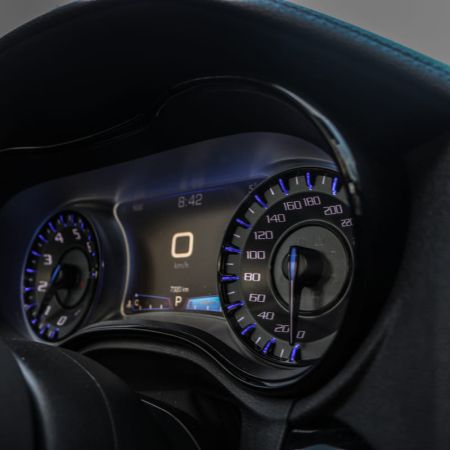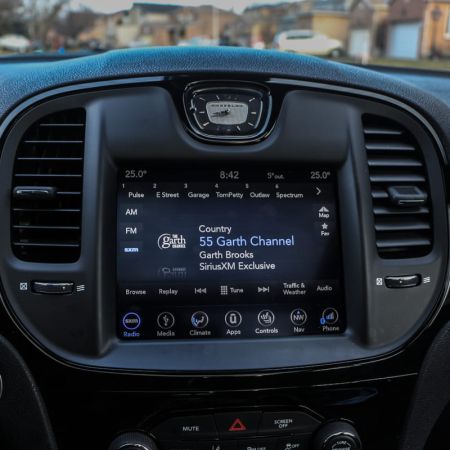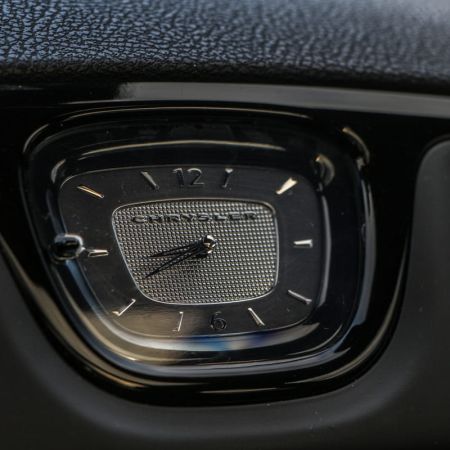A lettering scheme starting with “300C” started it all, ending with the 300L in 1965. Chrysler revived the nameplate with the 300M in 1999, which was a front-drive cab-forward sedan based on the Intrepid and Concorde – not exactly a proper homage. The LX platform was introduced for 2005, which brought back the 300C with a HEMI V8, and gave the American icon a proper homage.
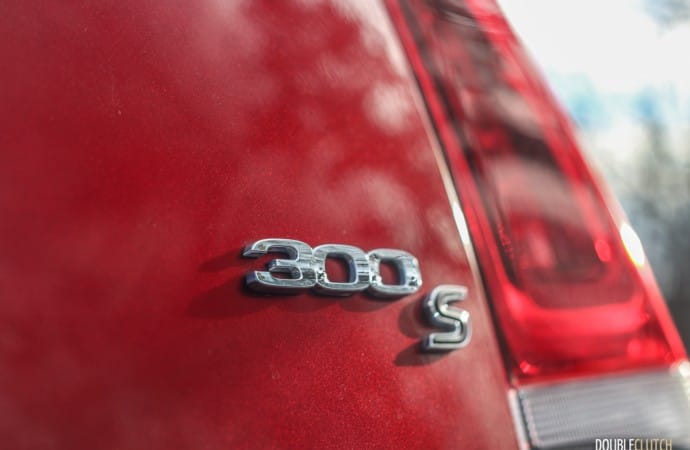
Now in its second generation, the retro 300 was brought into its second generation in 2011, and got a heavy refresh for the 2016 model year. The 300 is still a very strong seller for Chrysler, fitting perfectly into the full-size premium sedan segment alongside the likes of the Lexus ES, Buick LaCrosse (reviewed here), and to some degree, offerings like the Acura TLX. The retro styling is what helps the 300 sell over its Dodge Charger sibling, and this tester, a Velvet Red Pearl 2018 Chrysler 300S AWD offers a significant amount of value over many other rivals.
Configured with the conservative entry level motor, a Pentastar 3.6L V6, the 300S gets eight more horsepower than the regular 300. Output is a healthy 300 horsepower and 264 lb-ft. of torque, and power is sent to the wheels via an eight-speed TorqueFlite automatic transmission. Rear-wheel-drive is standard, but Canadians will want to opt for the optional all-wheel-drive as equipped on our test vehicle. Those who are willing to sacrifice all-wheel-drive can get the throaty exhaust note and power delivery of the HEMI 5.7L V8, which also comes with a nifty cylinder deactivation feature.

In a market where most automakers are heading towards smaller-displacement turbocharged engines, it’s a pleasant and refreshing change to see this car carry on with its powerful V6. The result is immediate power delivery with minimal lag, and significant confidence on acceleration. Oh yes, and it also sounds like a classic V6 should, without any lag or turbo spool. The eight-speed automatic does a very good job at using all of the power the Pentastar has to offer and sending it to the wheels. It exhibits crisp shifts with very little lag between gear changers, whether they’re done via the paddle shifters or the vehicle is left to shift on its own.
The all-wheel-drive system on the 300S is rear-biased, and paired to an active transfer case. A front axle disconnect system is on board, allowing for remarkably quick transitions from rear-drive to all-wheel-drive mode when slip is detected. If accelerating spiritedly from a stop, the grip is immense. Our test vehicle was riding on winter tires, but an aggressive summer tire setup will help with grip even more.
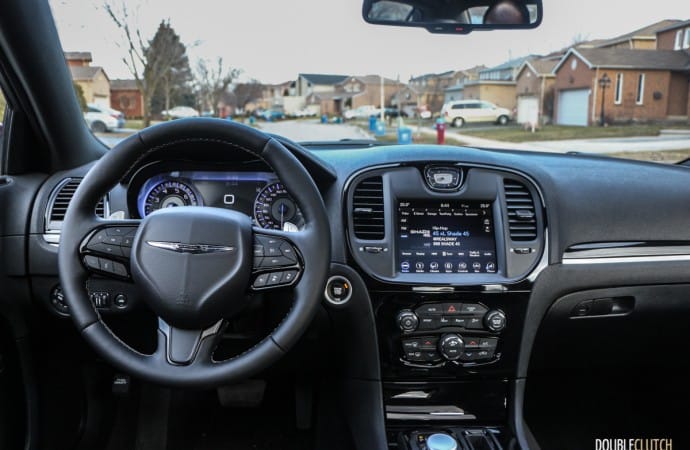
At nearly 4,500 pounds, the 300S isn’t light by any means, and unfortunately it continues to remind you of this when out on the road. Brake feel is adequate, but the car’s weight immediately becomes apparent as you try to stop it quickly. The steering is electrically assisted but is a bit on the lighter side, though exhibits decent accuracy. Ride quality is fairly good, though the S-Trim suspension is stiffer than the more luxury-oriented 300C (reviewed here) and can get a bit too harsh if the road quality is compromised.
Chrysler claims fuel efficiency of 12.8L/100km city and 8.7L/100km highway for the V6-powered 300 with all-wheel-drive. Again, efficiency is significantly improved over the V8 models, but it’s still a heavy sedan with all-wheel-drive. We averaged 11.3L/100km over the course of our test, and the 300S only requires regular 87-octane fuel. One thing to consider is that if your driving is primarily highway, the V8 may actually not be that much more inefficient, and the cylinder deactivation may bring back economy very similar to this V6. Granted, the V8 will be far thirstier than the Pentastar V6 in the city, but for frequent long haul drivers it may be worth the cost of admission.
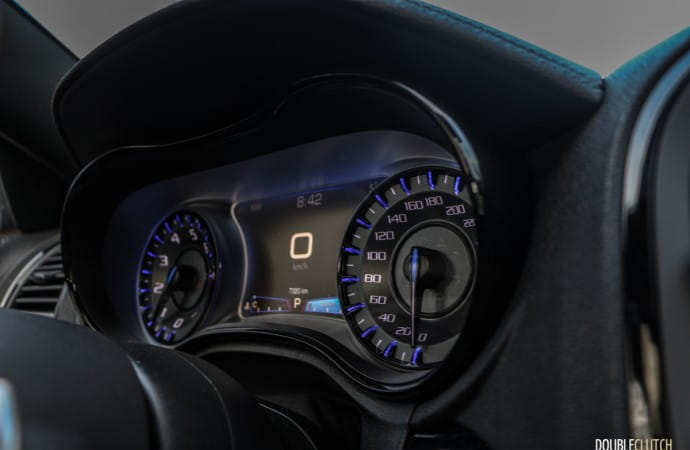
The interior of the 300S is nicely equipped with Nappa leather seats with Alcantara inserts; we found these to be extremely comfortable for those longer highway drives. The driving position is quite good and blind spots are minimal. Like other FCA products, the 300S uses the Uconnect infotainment system, and the latest application of it is quite good. Apple CarPlay and Android Auto are now on board, and the simplicity of the Uconnect system is very welcomed. A welcomed touch in this test vehicle was the 552-watt Beats sound system that’s quite good, but tends to hold bias towards bass notes.
For 2018, the 300 line starts at $41,245 for the base Touring examples, and will go into the $60,000 range for a fully loaded 300C with the HEMI V8. The 300S starts at $43,945 and goes up to $48,140 with all-wheel-drive. The S can be had with the HEMI in rear-drive form, but again, adding AWD restricts you to the V6. Adding options such as the “Safetytec Group” with active safety features, and up-sized alloy wheels bring the price just over $50,000. Looking at incentives in Ontario at the time of this writing, it should be quite easy to get an additional $1,500-2,000 off a 300S without issue.
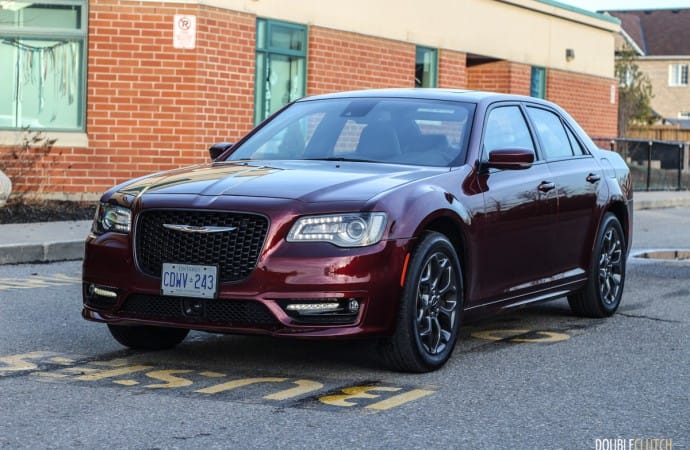
The Chrysler 300 is a car that has been around for just over 13 years with the same overall retro look. A series of refreshes have kept it modern, but the fundamentals of the car have allowed it to remain a strong seller consistently. After spending time with the 2018 Chrysler 300S AWD, there are definitely parts of it (read: interior) that feel dated, but the reliable powertrain, sharp styling and undeniable charm make it a confident choice. At the very least, you’ll have the most interesting full-size sedan that’s around right now.

